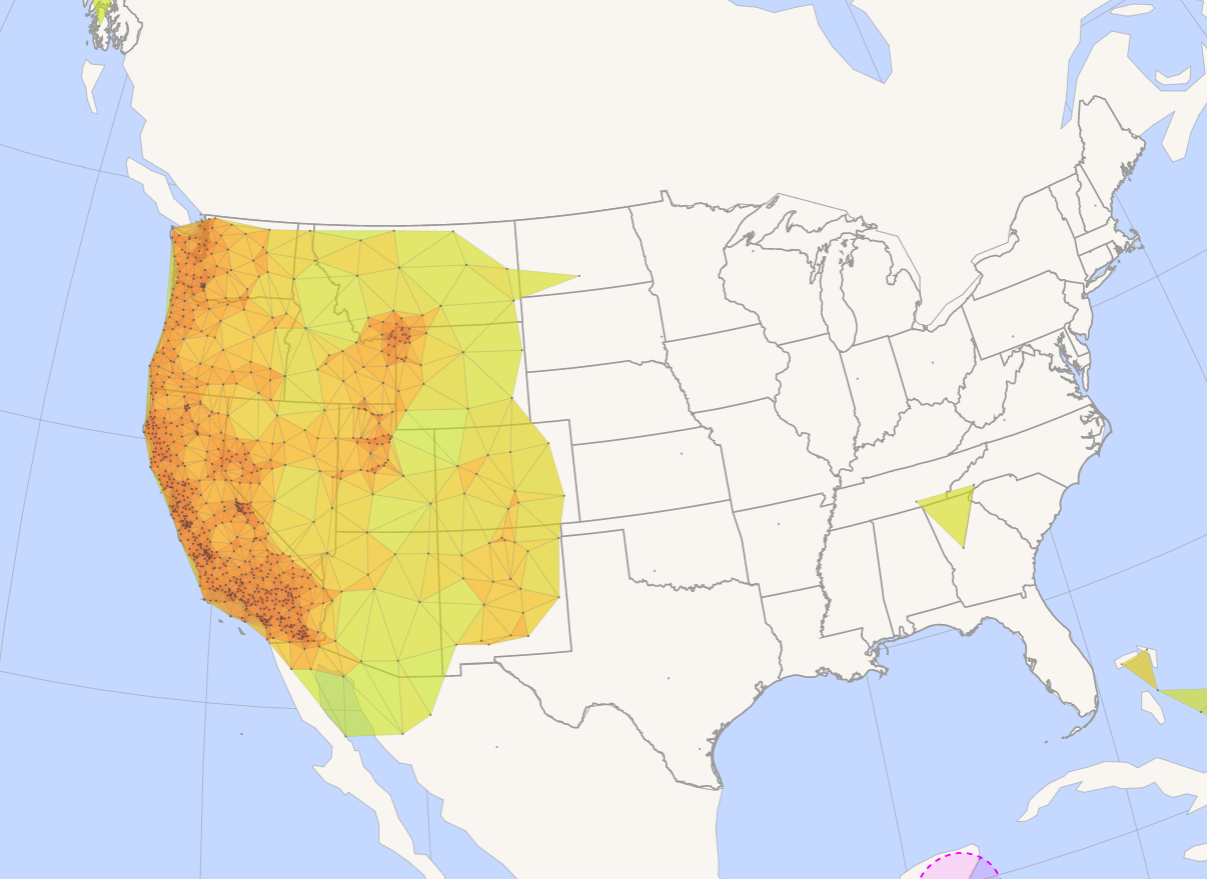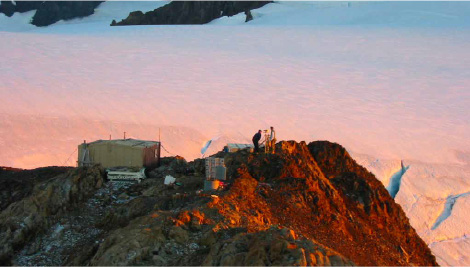Notebooks for data access and visualization

Check out our collection of notebooks on Observable, including new interfaces for data search and access, as well as interactive tools for education and data visualization. These notebooks are part of our GNSS Data Access Methods page under the Data section of this website.
View featured tools
